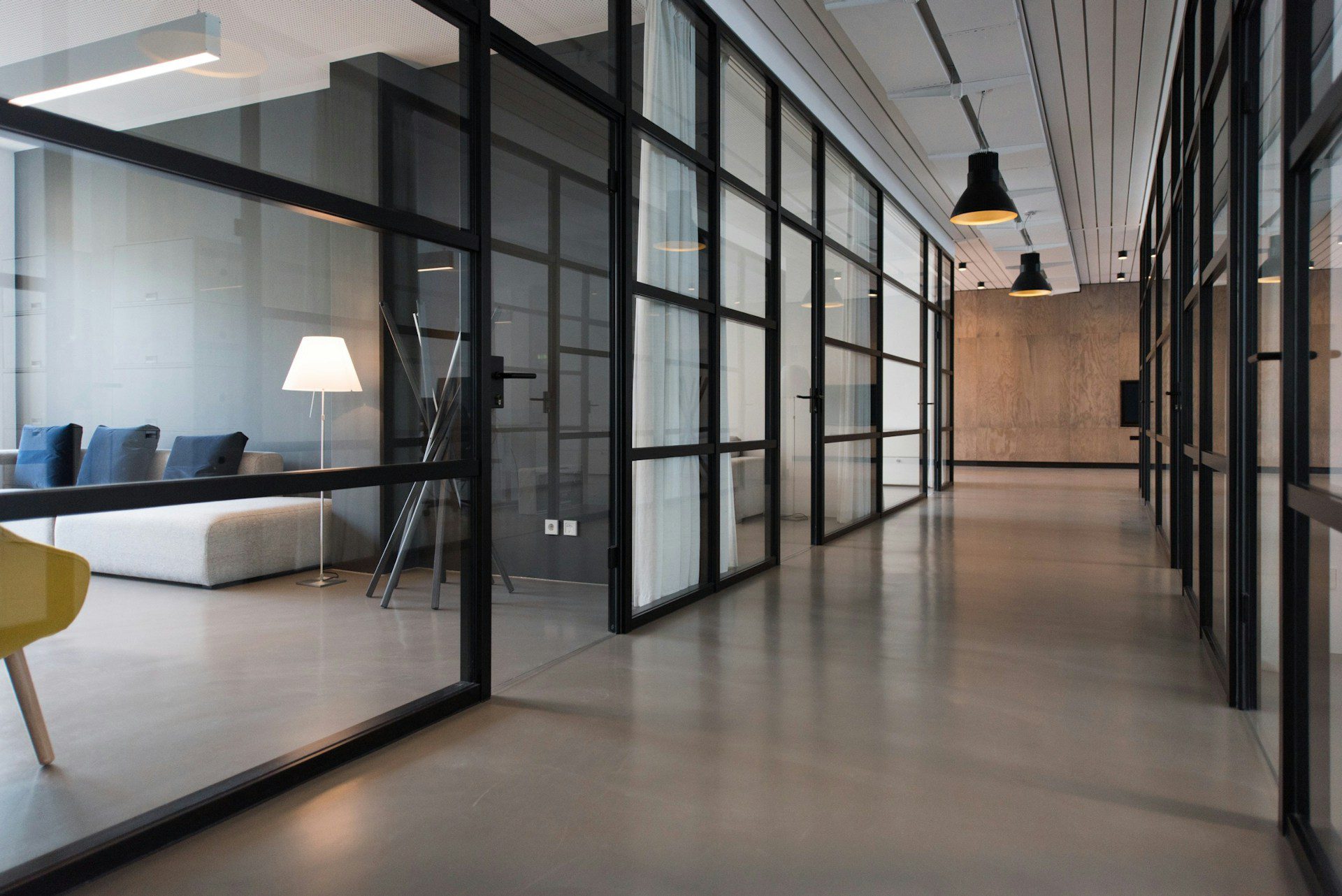Table of Contents
ToggleIn today’s dynamic business environment, workplace mobility has emerged as a key factor in fostering a flexible, efficient, and engaged workforce. While often confused with global mobility, workplace mobility encompasses a broader range of practices aimed at enhancing employee productivity and satisfaction. This blog post explores the concept of workplace mobility, its differences from global mobility, and how employer of record (EOR) services can support these initiatives.
What is Workplace Mobility?
Workplace mobility refers to the ability of employees to work from various locations and move within different roles or departments within an organisation. This concept includes:
- Remote Work: Allowing employees to work from home or other locations outside the traditional office.
- Flexible Work Hours: Offering flexible scheduling to accommodate different work-life balance needs.
- Internal Mobility: Facilitating the movement of employees within the organisation to different roles, departments, or locations.
Differences Between Workplace Mobility and Global Mobility
While workplace mobility focuses on enhancing flexibility and movement within a single organisation, global mobility involves the relocation of employees across international borders. Here are the key differences:
Scope and Focus
- Workplace Mobility: Emphasises flexibility within the organisation, including remote work, flexible hours, and internal role changes. It aims to improve employee satisfaction, retention, and productivity.
- Global Mobility: Involves the relocation of employees to different countries for assignments, projects, or long-term positions. It focuses on managing the logistics, legalities, and support required for international moves.
Implementation and Challenges
- Workplace Mobility: Implementation involves developing policies for remote work, flexible hours, and career progression within the organisation. Challenges include maintaining communication, collaboration, and company culture.
- Global Mobility: Requires handling complex legal, tax, and compliance issues related to international employment. Challenges include managing visas, work permits, cultural adjustments, and ensuring compliance with local labour laws.
Why Workplace Mobility is Rising
Workplace mobility is on the rise due to several key factors transforming the modern work environment:
Technological Advancements
- Digital Tools and Platforms: The proliferation of cloud-based applications, project management tools, and communication platforms like Slack, Microsoft Teams, and Zoom has made remote work more accessible and efficient.
- Mobile Devices: Smartphones, tablets, and laptops equipped with advanced capabilities allow employees to work from virtually anywhere, ensuring continuous productivity and connectivity.
Changing Workforce Expectations
- Work-Life Balance: Employees increasingly value flexibility in their work schedules and locations, seeking a better balance between their professional and personal lives.
- Generational Shifts: Younger generations, particularly Millennials and Gen Z, prioritise flexibility and remote work options when choosing employers, driving companies to adopt more mobile work policies.
Globalisation
- Distributed Teams: As businesses expand globally, they need to manage distributed teams across various time zones and regions, making workplace mobility a necessity.
- Access to Global Talent: Companies are increasingly tapping into global talent pools, requiring systems that support remote and flexible work arrangements to attract and retain top talent.
Cost Efficiency
- Reduced Overhead Costs: Allowing employees to work remotely can reduce the need for large office spaces, leading to significant savings on real estate and utilities.
- Travel Reduction: Virtual meetings and remote collaboration tools reduce the need for business travel, cutting travel expenses and reducing the company’s carbon footprint.
The Future of Workplace Mobility
The future of workplace mobility looks promising, with several trends expected to shape its evolution:
Increased Flexibility and Hybrid Work Models
- Hybrid Work Environments: Many companies will adopt hybrid models, combining remote work with in-office presence, allowing employees to choose how and where they work.
- Personalised Work Schedules: Advances in AI and machine learning will enable more personalised work schedules, optimising productivity and employee satisfaction.
Read more: The Future of Work: Adapting to Remote and Hybrid Work Models
Enhanced Technology Integration
- Advanced Collaboration Tools: Future tools will offer more seamless integration of video, audio, and project management features, improving remote collaboration.
- Virtual and Augmented Reality: VR and AR technologies will create immersive remote work experiences, making virtual collaboration feel more like face-to-face interaction.
Focus on Employee Well-being
- Mental Health Support: Companies will place a greater emphasis on supporting employees’ mental health through flexible work options, wellness programs, and access to mental health resources.
- Work-Life Integration: Policies and practices will evolve to support better work-life integration, recognizing the diverse needs and preferences of employees.
Regulatory and Compliance Evolution
- Dynamic Compliance Management: As workplace mobility becomes more widespread, regulatory frameworks will continue to evolve, and businesses will need to stay agile in managing compliance across different regions.
- Enhanced Data Security: With the rise in remote work, businesses will invest more in robust cybersecurity measures to protect sensitive data and ensure secure remote operations.
Sustainable Practices
- Environmental Impact: Remote work reduces the need for daily commuting, leading to lower carbon emissions. Companies will continue to embrace sustainable practices to minimise their environmental impact.
- Green Technologies: The adoption of green technologies in remote work setups will further contribute to environmental sustainability.
Read more: Embracing ESG: Why it’s Essential for Businesses and How to Implement it in the Workplace
How Employer of Record Services Can Help
Employer of record (EOR) services can play a crucial role in supporting both workplace and global mobility initiatives. Here’s how:
Simplifying Remote Work and Flexible Scheduling
- Payroll Management: EOR services handle payroll, ensuring employees are paid accurately and on time, regardless of their location.
- Compliance: Ensuring compliance with local labour laws and regulations, even for remote or flexible workers, is crucial. EORs manage this complexity, reducing the risk of legal issues.
- Benefits Administration: EORs provide comprehensive benefits administration, making it easier for companies to offer competitive packages that attract and retain top talent.
Facilitating Internal Mobility
- Streamlined Onboarding: EORs manage the onboarding process for employees moving to new roles or locations within the company, ensuring a smooth transition.
- Training and Development: EOR services can help administer training and development programs to support employees in their new roles.
- Administrative Support: Handling the administrative tasks associated with internal transfers, such as updating employment records and managing relocation logistics.
Supporting Global Mobility
- Legal and Compliance Expertise: EORs have expertise in international employment laws, ensuring compliance with local regulations, tax laws, and labour standards.
- Visa and Work Permit Assistance: EORs manage the visa and work permit process, making international relocations smoother and less stressful for employees.
- Cultural and Relocation Support: Providing support for cultural adaptation and relocation logistics helps employees settle into their new environments more quickly and effectively.
Conclusion
Workplace mobility is essential for modern businesses looking to enhance flexibility, productivity, and employee satisfaction. While it differs from global mobility in scope and implementation, both concepts are vital in today’s globalised and dynamic work environment. Employer of record services can be a valuable partner in supporting workplace mobility by simplifying administrative tasks, ensuring compliance, and providing the necessary support for both remote work and international relocations. By leveraging these services, companies can focus on their core business objectives while fostering a more agile and engaged workforce.
Partnering with an EOR service like Eos is a smart, strategic move. Contact us today and check our services here.
Featured photo by Nastuh Abootalebi on Unsplash







